

Dogs may not speak our language, but they communicate their emotions through a variety of signals that we can learn to recognize. From wagging tails to expressive eyes, our furry companions have an impressive range of emotions that reflect their feelings and needs. Understanding these signals not only deepens the bond between you and your dog but also helps you ensure their happiness and well-being. By observing their behavior and body language, you can learn to interpret their emotions and respond in ways that strengthen your connection.
Pay Attention to Tail Wagging
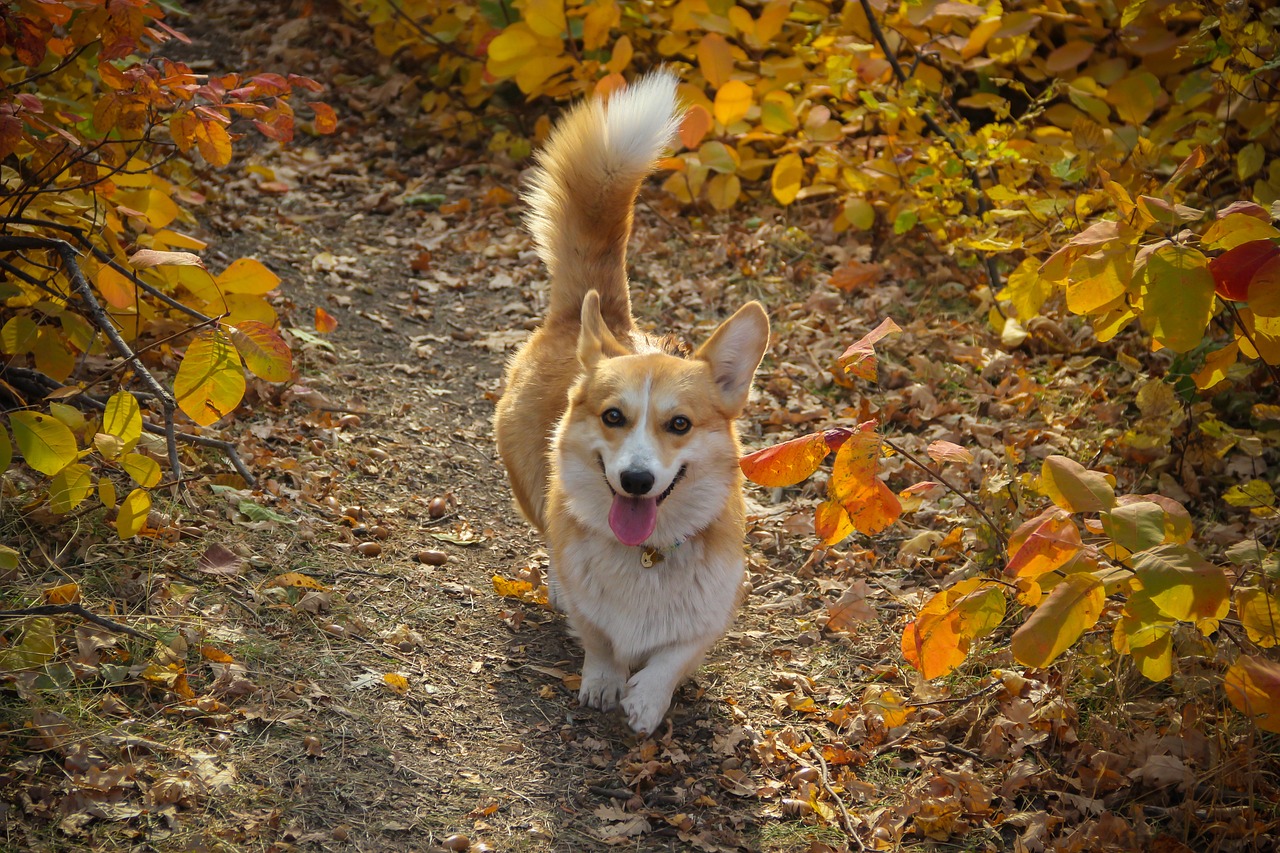
A wagging tail is often associated with happiness, but it can mean so much more. The speed, position, and movement of the tail can indicate a range of emotions. A fast wag with the tail held high usually signals excitement, while a slow wag at a lower position can suggest uncertainty or insecurity. If their tail is tucked tightly between their legs, they might be scared or anxious. By observing these subtle differences, you can gain insight into what your dog is feeling at any moment.
Notice Their Ear Position

Dogs use their ears to express a wide range of emotions. Upright ears often indicate attentiveness or excitement, while flattened ears can signal fear or submission. If their ears are slightly tilted back but not flattened, it might mean they’re feeling unsure or cautious. By learning to interpret these positions, you can better understand their mood and anticipate their needs or reactions.
Observe Their Eyes
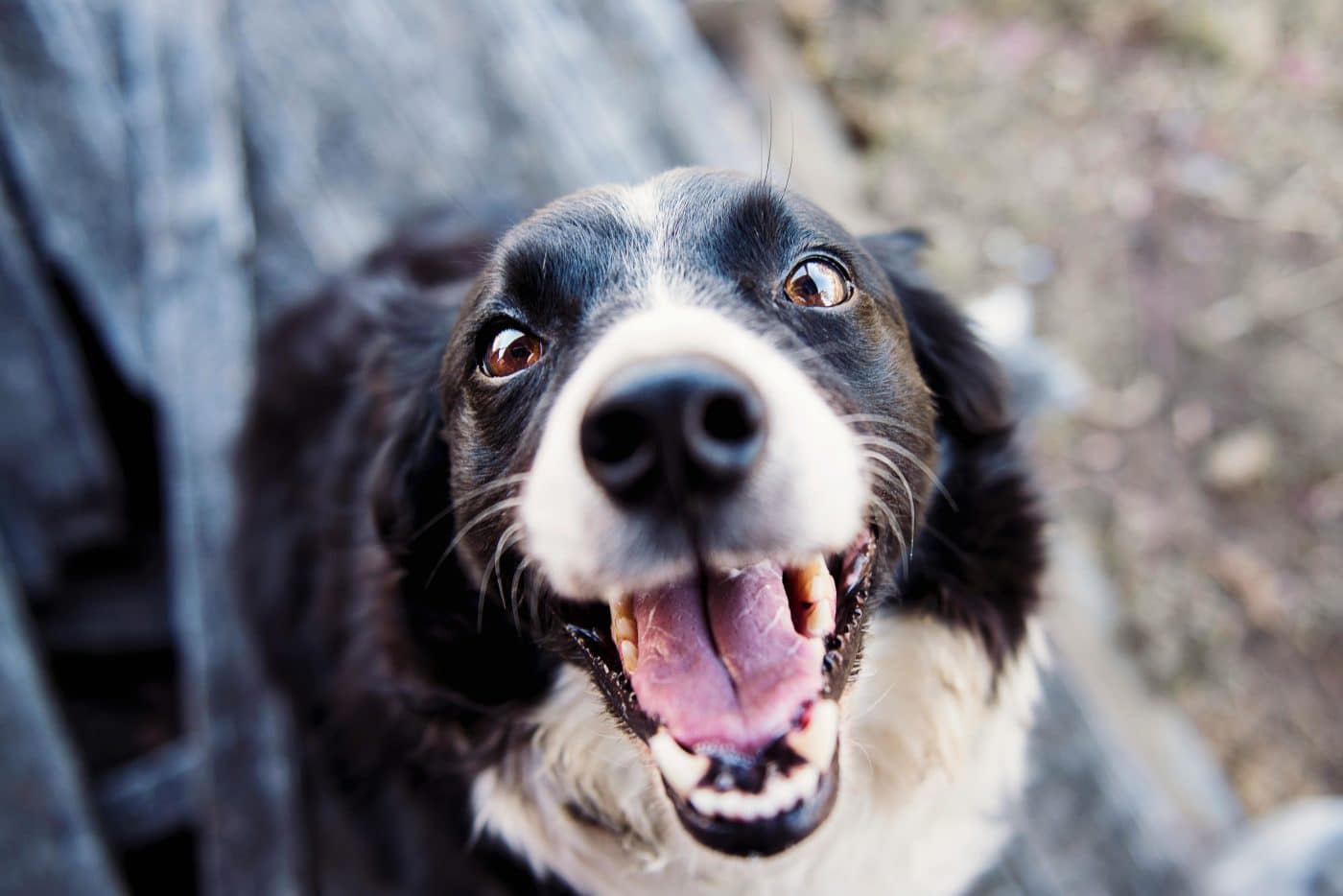
A dog’s eyes can reveal a lot about their emotions. Wide, alert eyes with dilated pupils might indicate excitement or fear, while soft, squinty eyes usually suggest relaxation and contentment. Direct eye contact can mean confidence or a desire for attention, but prolonged staring may signal a challenge or discomfort. Paying attention to their gaze and the context of their behavior helps you interpret their emotional state.
Listen to Their Vocalizations
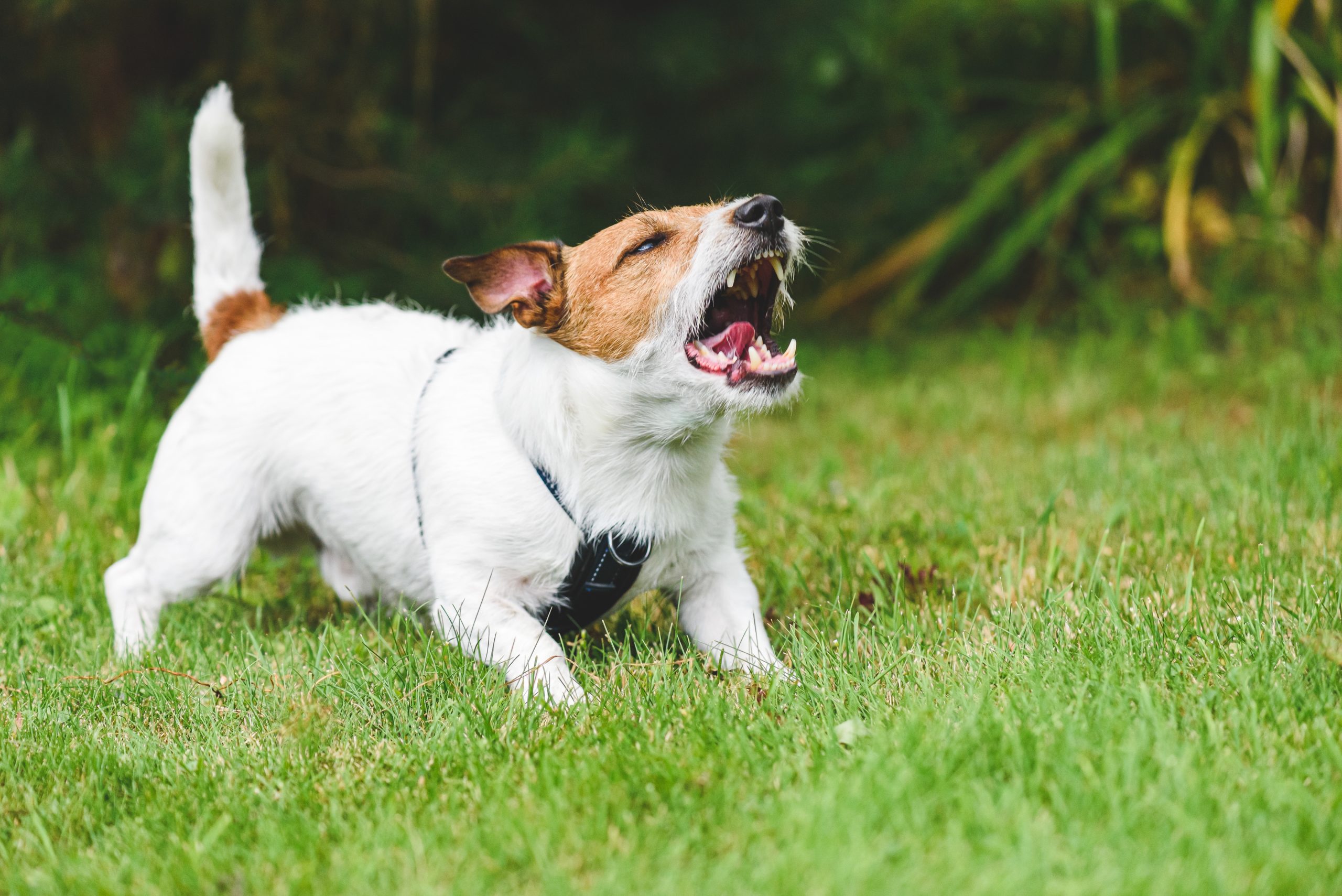
Dogs use barks, growls, whines, and howls to communicate their feelings. A high-pitched bark often signals excitement or a desire to play, while low growls may indicate fear or a warning. Whining can suggest discomfort, anxiety, or a need for attention, while a long, mournful howl might express loneliness. By considering the tone, pitch, and situation, you can better understand what your dog is trying to tell you.
Watch Their Body Posture

A dog’s posture can give clear clues about how they’re feeling. A relaxed, loose body indicates comfort and happiness, while a stiff posture with raised hackles often signals aggression or fear. If they crouch low to the ground, they might feel submissive or scared. Understanding these physical cues helps you respond appropriately to their emotions and ensure their comfort.
Interpret Their Yawns

A yawn isn’t always a sign of sleepiness in dogs—it can also indicate stress or anxiety. If your dog yawns in a tense situation, they might be trying to calm themselves down. However, if they yawn while lounging at home, it’s likely a sign of relaxation. The context of the yawn is key to understanding whether they’re feeling stressed or content.
Take Note of Lip Licking

Dogs often lick their lips as a way to communicate. Rapid lip-licking can indicate nervousness or discomfort, while slow, deliberate licking might suggest anticipation, such as waiting for a treat. Lip-licking can also be a calming signal, showing that they’re trying to soothe themselves in a stressful situation. Recognizing this subtle behavior helps you gauge their emotions more accurately.
Observe Their Play Behavior
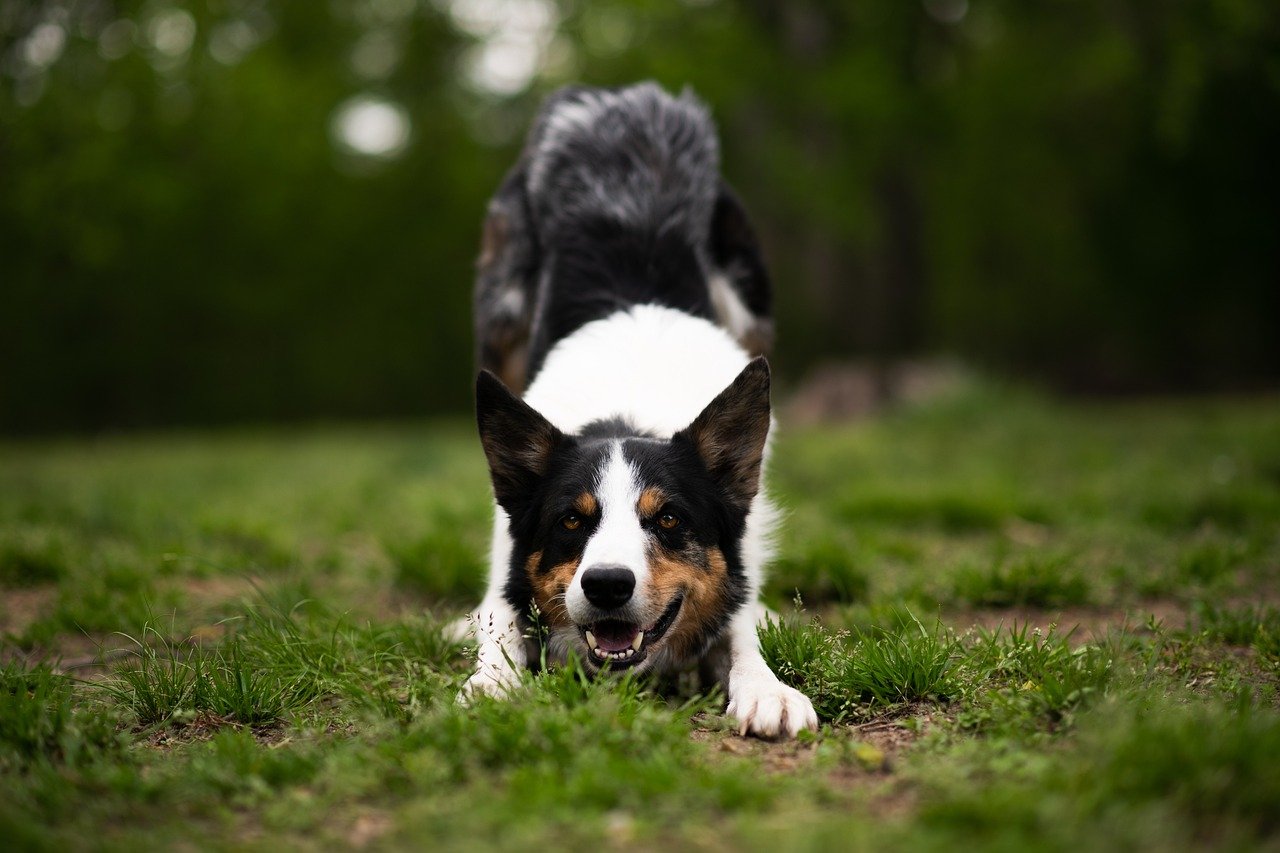
Playful dogs display a range of behaviors that indicate joy and excitement. A common signal is the play bow, where they lower their front end while keeping their tail high, inviting interaction. Exaggerated movements, like jumping or running in circles, often show they’re having fun. Playtime is a great way to observe their emotional state and strengthen their bond.
Consider Their Appetite
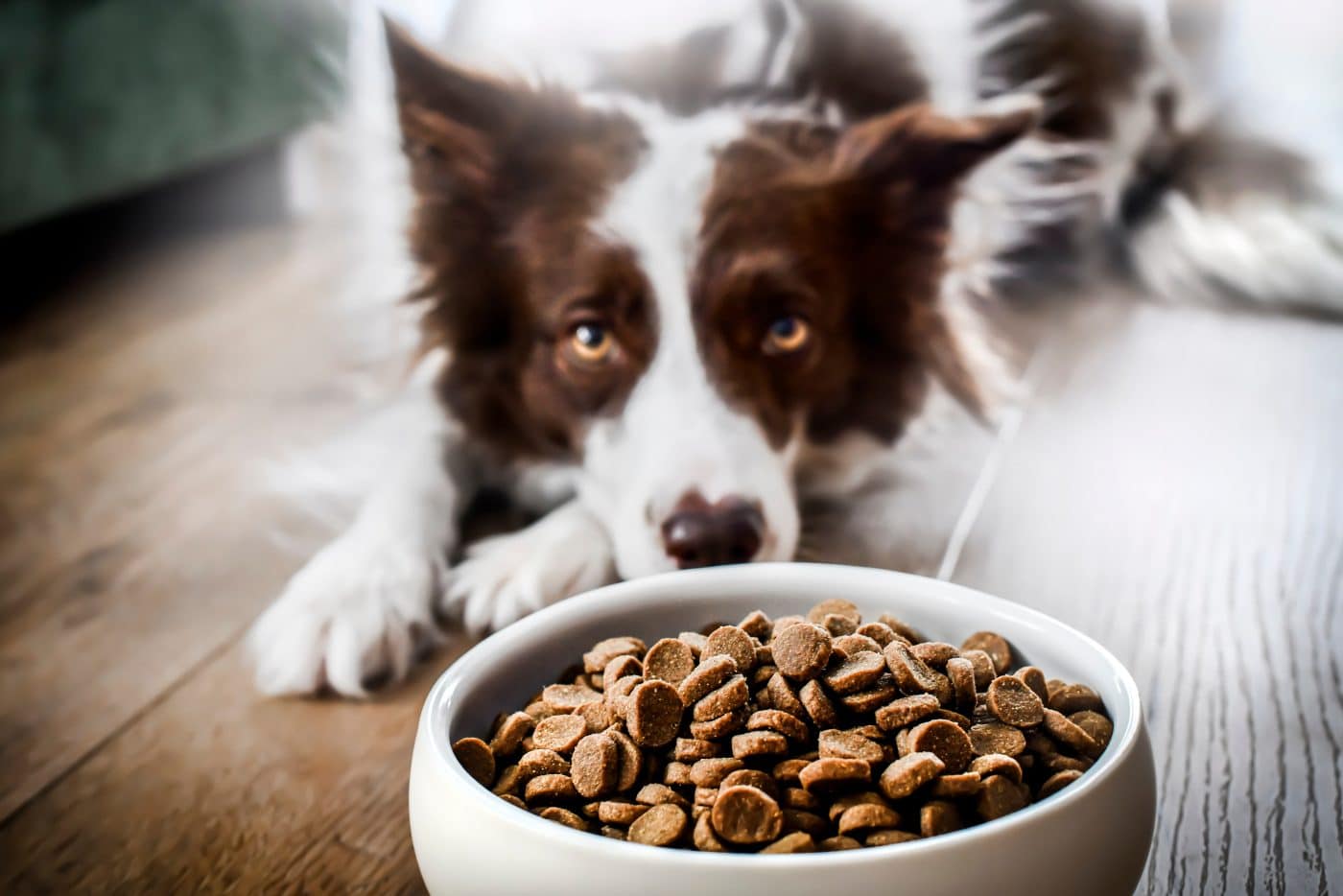
Changes in appetite can reflect a dog’s emotional state. A sudden lack of interest in food might indicate stress, sadness, or illness while overeating could suggest boredom or anxiety. Paying attention to their eating habits can help you identify emotional shifts and address potential concerns early.
Pay Attention to Their Sleeping Patterns

Dogs’ sleep behaviors can also provide insight into their emotions. If they’re sleeping more than usual, they might be feeling down or unwell. Conversely, restlessness or trouble settling could indicate stress or anxiety. Watching where and how they choose to sleep—whether curled up or sprawled out—can also hint at how safe and comfortable they feel in their environment.
Monitor Their Interactions with Other Dogs
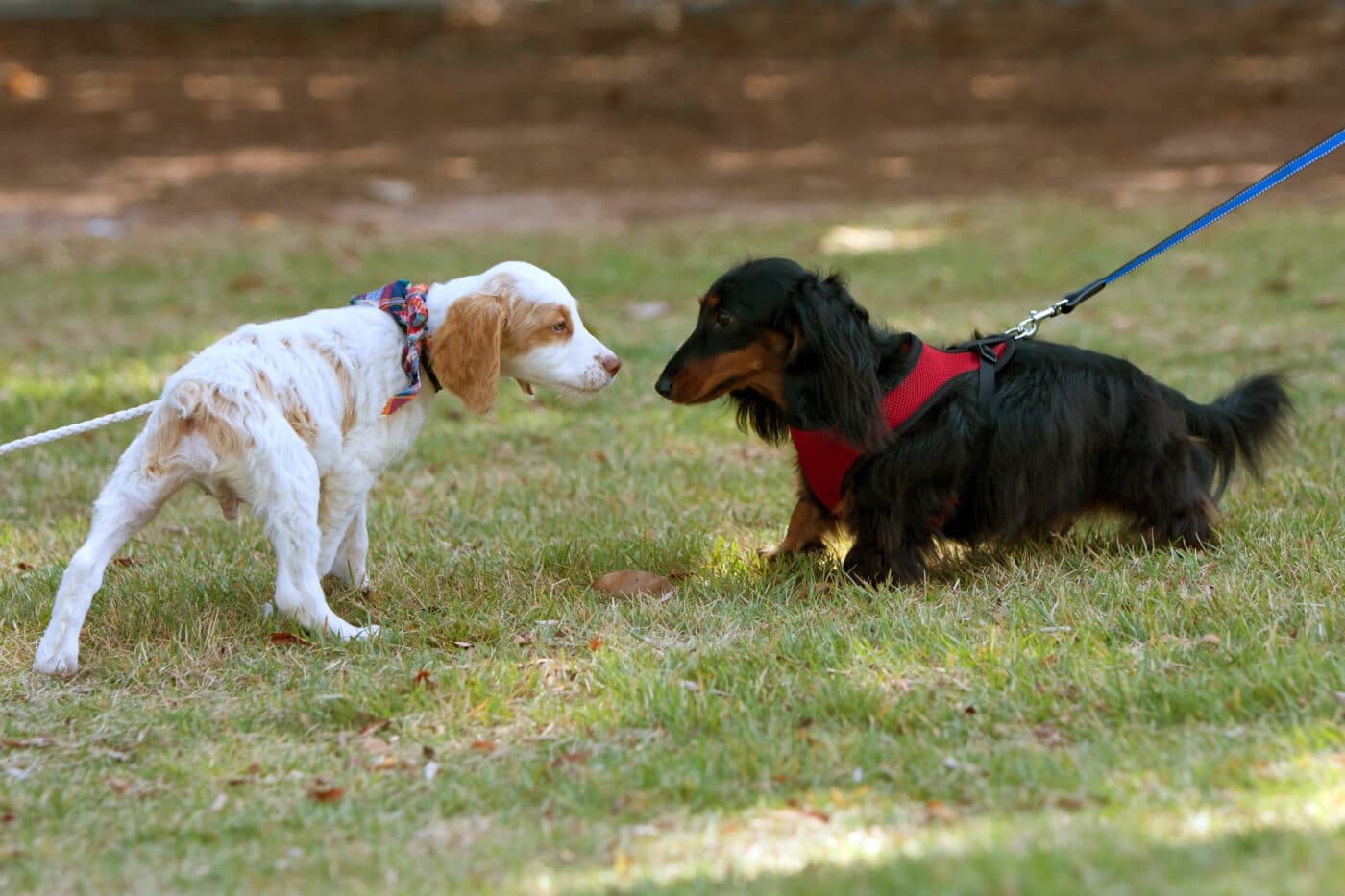
A dog’s behavior around other dogs can reveal their social comfort level. A wagging tail and playful bounces often indicate happiness, while avoiding eye contact or retreating might suggest fear or nervousness. Aggressive or overly dominant behaviors can stem from insecurity or a need to establish boundaries. Observing these interactions helps you better understand their social dynamics and emotional responses.
Recognize Signs of Anxiety
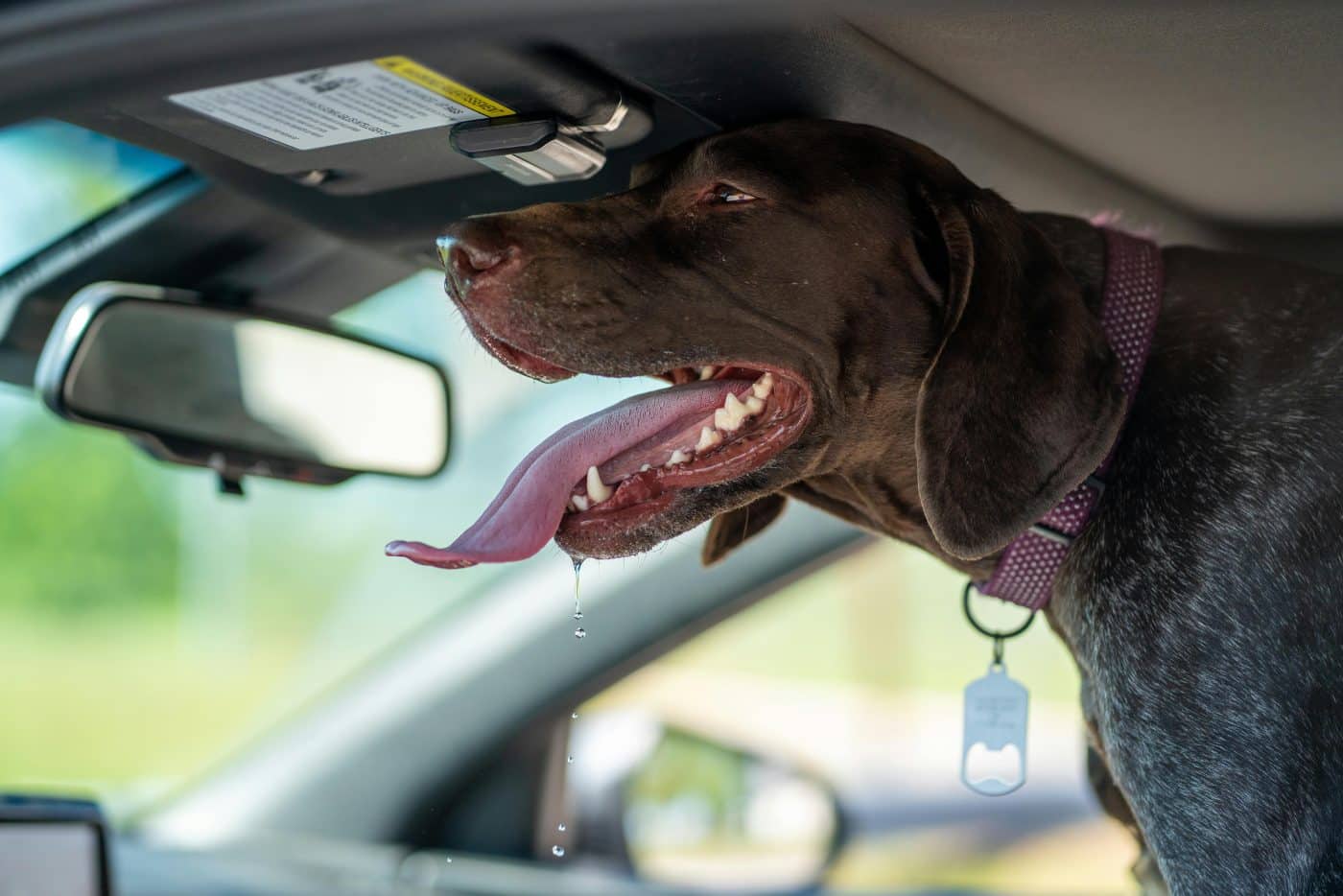
Panting, pacing, drooling, or trembling are common signs of anxiety in dogs. These behaviors often occur in stressful situations, such as during thunderstorms or trips to the vet. By identifying these cues, you can take steps to comfort your dog and reduce their stress levels, whether through calming techniques, familiar toys, or reassuring words.
Look for Signs of Excitement

Dogs express excitement through wagging tails, bounding movements, and vocalizations like barking or yipping. They might also jump up or spin in circles when they’re especially thrilled. Recognizing this enthusiasm allows you to share in their joy and engage in activities that make them happiest.
Pay Attention to Grooming Behavior

Excessive grooming or licking can indicate anxiety, boredom, or even discomfort due to a physical issue. On the other hand, a relaxed dog that occasionally grooms themselves is likely content. Observing these behaviors in context can help you understand their emotional and physical state, allowing you to address any underlying concerns.
Notice How They Seek Comfort

When dogs seek out your touch or cuddle close during stressful situations, they’re looking for reassurance. This behavior shows their trust in you and their need for emotional support. Responding to these moments with affection and calmness helps them feel safe and strengthens your bond.
The Tail End Of Emotional Understanding

Understanding your dog’s emotions is like learning a new language—one that’s full of wagging tails, playful bounces, and soulful gazes. By observing their body language, vocalizations, and behaviors, you can unlock the secrets to what they’re feeling and deepen your connection with them. Whether it’s their joyful spins or their quiet need for comfort, every action carries meaning. And no matter how dramatic or subtle their signals are, one thing remains certain: your dog loves you, even if your fetch skills occasionally leave them unimpressed!
The post 15 Ways To Understand And Recognize A Dog’s Emotions appeared first on iHeartDogs.com.
